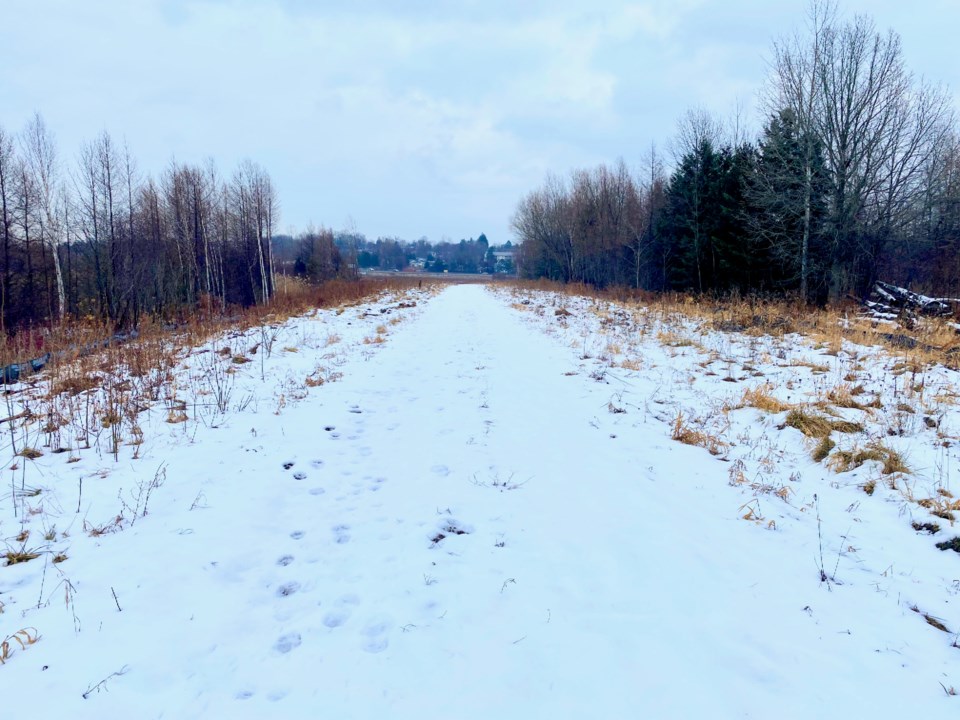OrilliaMatters welcomes letters to the editor ([email protected]). This letter, from a retired civil engineer, is in response to our story, titled 'Proposed subdivision, business park in Orillia 'worst of the worst,' says naturalist', published Feb. 2.
********************
Many Orillia residents and previous contributors to OrilliaMatters have expressed grave concerns regarding the negative effects on the environment due to the degradation and destruction of wetlands and natural wildlife habitats by the Inch Farm Housing development. These concerns are well founded.
Unfortunately, as the sitting Orillia council is on the verge of entering its ‘lame duck’ phase prior to the forthcoming municipal elections, it is unlikely that it will be able to effect any measures that might significantly ameliorate the situation, so the development may well be a "fait accompli".
For those who might believe that we can ignore the destruction of wetlands and wildlife habitats (after all, the Green Herons who breed there can always find a new home, and Orillia needs more housing anyway, so what’s the big deal,) there are other considerations that might be worth your attention.
Wetlands under Orillia’s Zoning Plan are supposed to be protected, but only the few that have been assessed and then designated as ‘significant.’ All others seem to be fair game for development.
I would suggest that all wetlands are significant whether or not so designated. Wetlands and wild lands are analogous to our lungs, liver and kidneys in the role they play in purifying and regulating the air and water that we take for granted, but are so necessary for our continued existence.
Not only that, they act as a carbon sink preventing greenhouse gasses from a catastrophic heating of the atmosphere and seas. Acting like an enormous sponge, they soak up rainfall, filter out the air pollutants and purify it, partly through the action of beneficent bacteria and fungal partnerships slowly replenishing the groundwater table, which in turn feeds the ponds, watercourses and finally Lake Couchiching, our source of drinking water.
Many developments are designed to consider wild land and wetlands as the enemy to be eliminated in order that more housing can be sold.
In such designs, impermeable surfaces such as roofing, roads and other paving will prevent rainfall from being absorbed directly into the groundwater table. What are euphemistically called “wastewater” management systems will, by a system of sewer lines, discharge it (untreated) into the nearest watercourse (hopefully not the headwaters of Silver Creek in this case) or directly into Lake Couchiching along with all the attendant pollutants such as oil, fecal matter from dogs, cats and birds etc.
Could this conceivably be the reason for closures of Couchiching Beach Park in the summer because of elevated levels of E. Coli after high rainfall?
The less wetlands, the more paving, the more extreme rainfall due to global warming, the bigger sewer pipes required.
Most systems were designed to handle what was called a “Hundred Year Storm” which, as its name implies, statistically would have a probability of occurring once in 100 years, in the considered catchment area. This was generally taken as an amount of three inches of rain falling in one hour.
A rainfall of this magnitude would overload the sewers and cause some flooding, a risk considered worth taking, as to design a system for say, a “Hundred and Fifty Year Storm” would increase the size and cost of the pipes exponentially.
There have been maybe four “Hundred Year Storms” in Orillia in the last seven years, with almost certainly a larger number pending in the future. What will be the cost to the taxpayer in Orillia to deal with that?
Surely, it would make more sense to utilize nature’s storm water management systems by preserving (and not building on) wetlands, flood plains of any kind, wild space and forest.
As for the Inch Farm development, what can we do, if anything, to mitigate the potential damage?
We could try to persuade the developer to do the right thing and consider a design which conforms to modern, sustainable standards, protects the wetlands and habitats as much as possible without resorting to the default car-dependant urban sprawl which blights so much of Southern Ontario.
One thing we can do is ensure that all municipal candidates are aware of damage and future costs of Inch Farm type developments, and are on board with changing the zoning bylaw to ensure that all future development is in compliance with the standards of sustainability, preservation of wild and wetlands on all existing lands in Orillia and any other lands that may be acquired through future annexation.
Michael Jones
Orillia
********************



